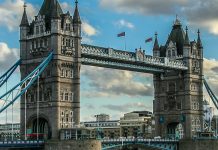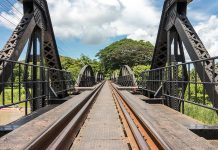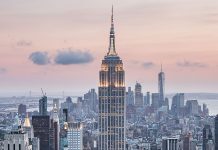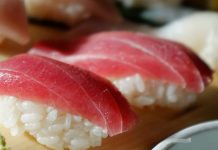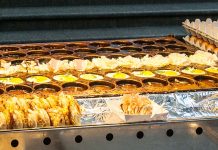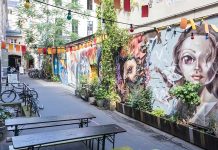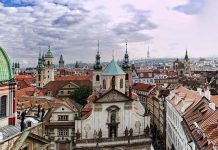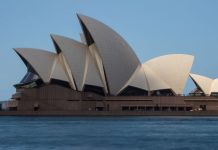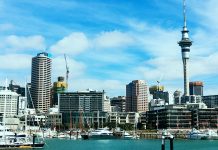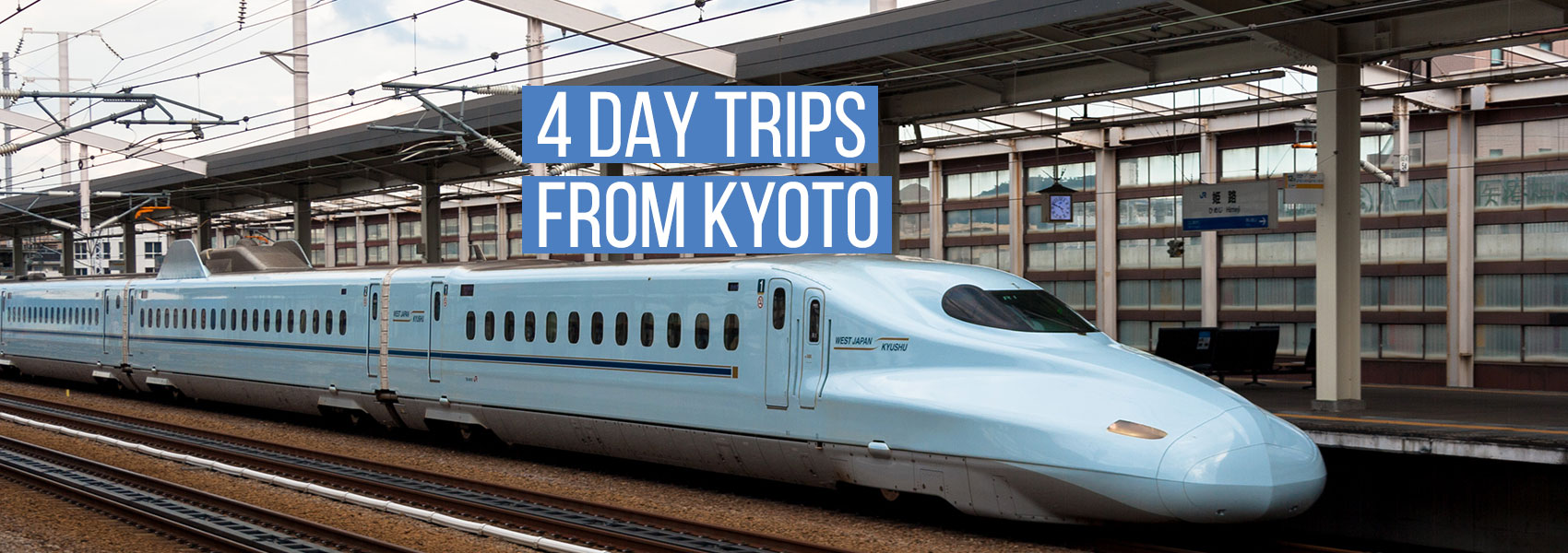Kyoto was once the capital of Japan, and the city today is steeped in tradition and history. It is known for its many temples and shrines, over 2,000 in all. Only three hours from Tokyo on the Shinkansen bullet train, Kyoto provides a nice respite from the hustle and bustle of Tokyo.
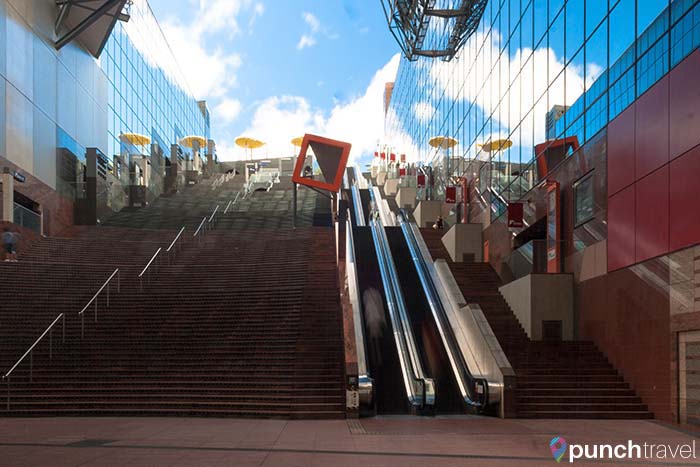
Its central location and busy train station make it a great base to explore the surrounding area. Here are 4 easy day trips from Kyoto by train.
Nara, the Ancient Capital
Nara, an hour south of Kyoto, offers a glimpse of Japan’s past. It was here that the first permanent Japanese capital was set up in 710. The birth of Japan’s arts, crafts, and literature originated here and many of the historic buildings and temples remain intact.
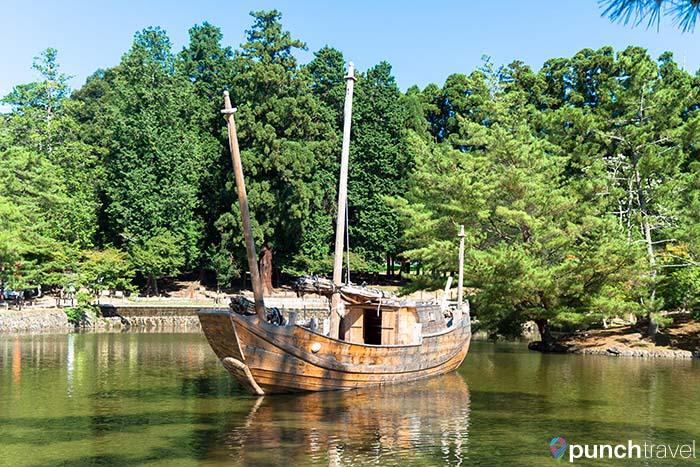
The most visited structures are situated within a large and spacious park. It will take about three hours to walk through the park visiting each of these landmarks.
Kofukuji Temple
This was the family temple of the second-most powerful clan from the 8th to 12th centuries. The entire area once held more than 170 buildings but most have been destroyed. The five-story pagoda, first built in 730 burned down five times but the present structure dates back to 1426.
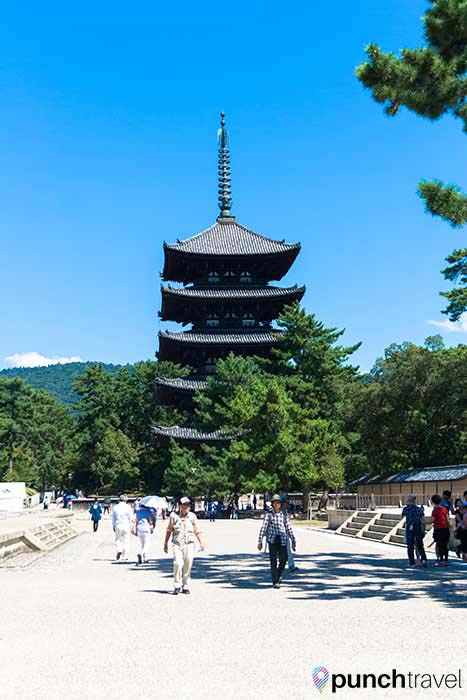
Todaiji Temple
Nara’s premier attraction is the Todaiji Temple and its Great Buddha (Daibutsu). At a height of 15 meters, it is the second-largest bronze Buddha in Japan (number 1 is near Tokyo, and number 3 is in Kamakura). The building that contains it is the largest wooden structure in the world.
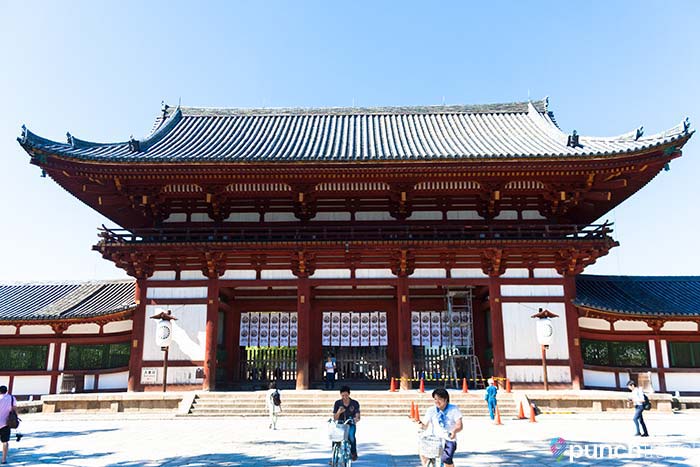

Kasuga Taisha Shrine
Tucked among the trees, this shrine is composed of bright orange pillars and an impressive number of stone and bronze lanterns.
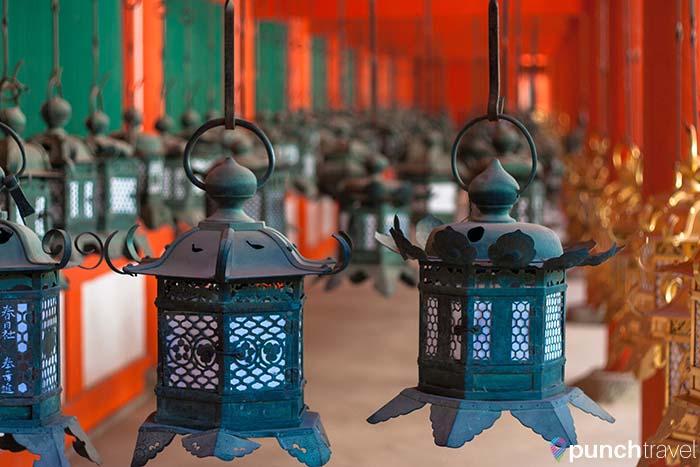
In addition to the significant historical role that Nara plays in Japan’s history, the city is known for its wild deer. Over 1,200 roam Nara Park freely due to their sacred and protected status. The deer are well-adapted to human interaction and won’t bat an eye if you want to take a selfie with them. You can also purchase “deer crackers” for 150 yen, but they’ll eat anything out of your hand if you are not careful.
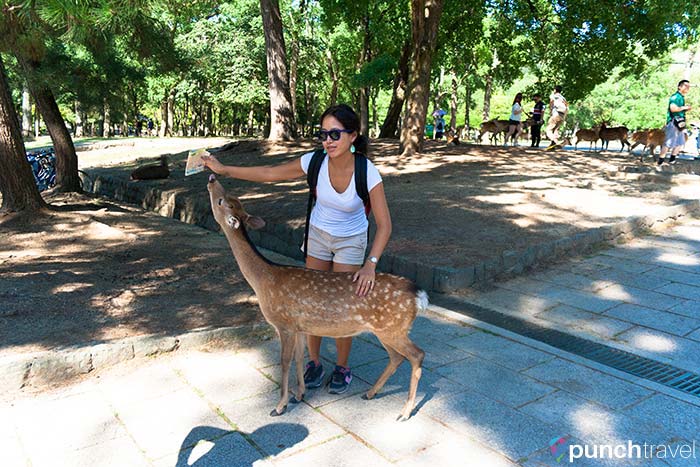
Kobe, beef not Bryant
The former Lakers basketball star can thank the Japanese city for inspiring his parents to name him after their famous beef.
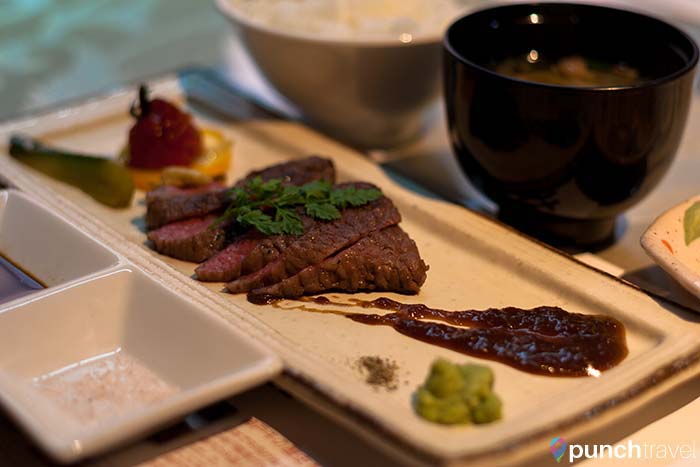
Kobe has its fair share of temples and shrines, but its most popular attraction is its Kobe beef. Kobe beef comes from a particular strain of Wagyu cattle which are raised according to strict standards. Much of the Kobe-style beef that you find outside of Japan is not actually from Japan. It is either locally-raised Wagyu cattle or other types of cattle crossbred with Wagyu cattle and raised in a way that replicates the Kobe tradition.
Real Kobe beef was only first exported outside of Japan in 2012, and it is rare and expensive to eat abroad. So don’t pass up the opportunity to try the real-thing while in Kobe. You’ll find that it lives up to the hype for for its taste and fatty, well-marbled texture.

Kobe is only about 30 minutes on the Shinkansen from Kyoto. Not far from the main train station you’ll find a street full of Kobe beef steakhouses. Though Kobe beef can be expensive, most restaurants offer an affordable lunch set which includes an ample amount of beef served with rice, miso soup, and tofu.
Osaka, the nation’s kitchen
Osaka, the third most populated city in Japan after Tokyo and Yokohama, is a bustling financial center with a dazzling nightlife scene and unique culinary significance. It’s most known for its food, castle, port, and underground shopping arcades.
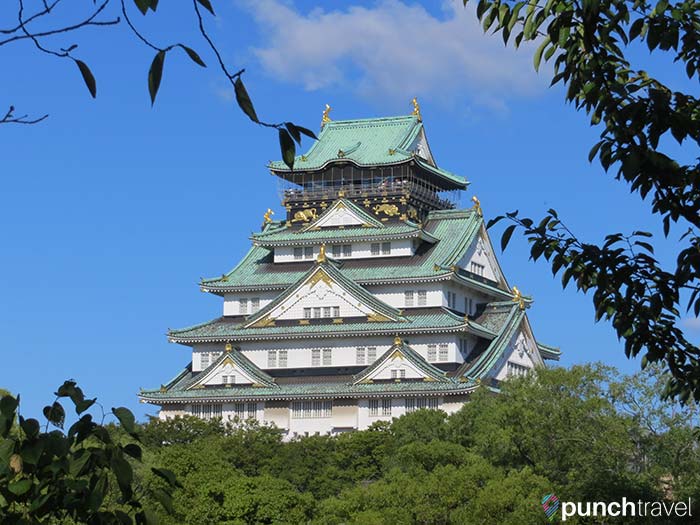
During the Edo period, the city was an important distribution center for rice, thus earning the nickname, tenka no daidokoro (the nation’s kitchen). Today, the food tradition lives on in its range of local specialities like okonomiyaki, a cabbage and flour pancake, and takoyaki (octopus and flour dumplings).
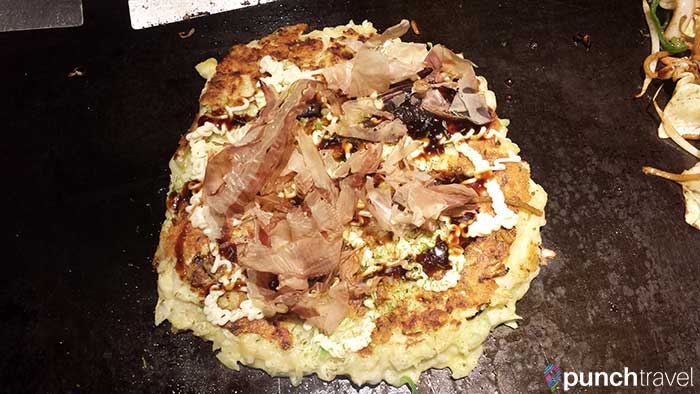
Besides eating your way through Osaka, there are plenty of things to do for the whole family. Osaka contains the only Universal Studios theme park outside of the United States, as well as a LegoLand and one of the best aquariums in the world.
The city also boasts not one but two ferris wheels (including one that was formerly the largest in the world).
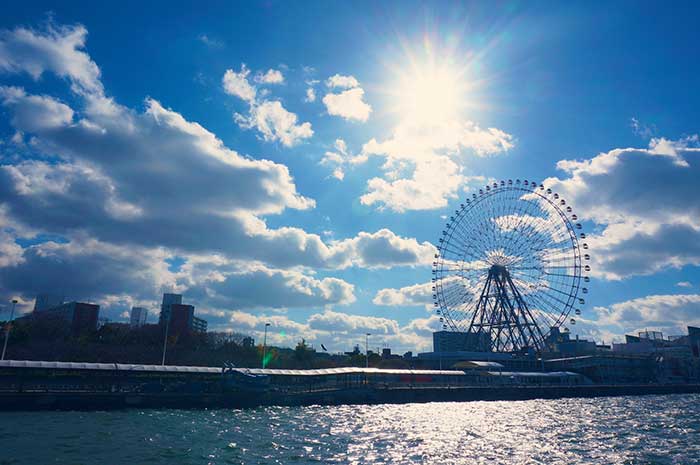
In the evening, go to Dotonbori, Osaka’s Times Square, for the brightly lit billboards and the crowds that flock to the canal to eat and drink.

Read more on the top 5 things to do in Osaka.
Himeji Castle, the pride of Japan
Himeji Castle was the first site in Japan to be registered as a UNESCO World Heritage Site. It is located in Himeji Prefecture, about 1 hour on the Shinkansen from Kyoto. The entrance to the castle is a 15 minute walk from the JR train station. You can also rent bikes for free from the Tourist Information Center in the station.

You may recognize Himeji Castle because it is a popular filming location. Probably the most well-known movie to be shot here was “You Only Live Twice”, the James Bond film starring Sean Connery.
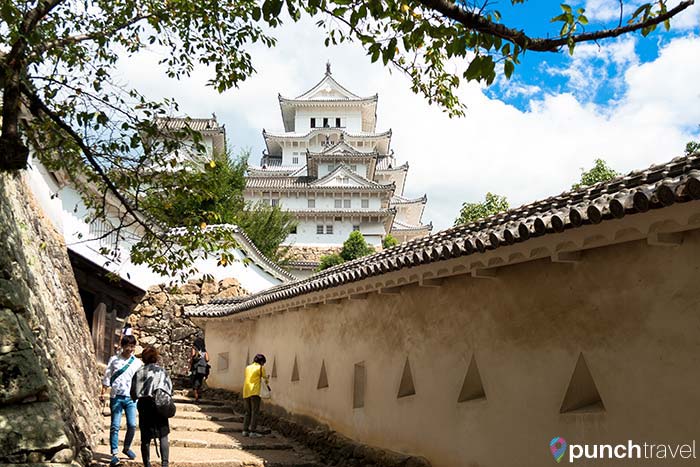
The castle has a stunning white exterior, for which it has come to be known as Hakuro-jo (White Heron Castle). The most popular attraction is the Main Keep, the multi-story wooden structure in the center, but there are several buildings and sites within the castle grounds that you can visit as well.
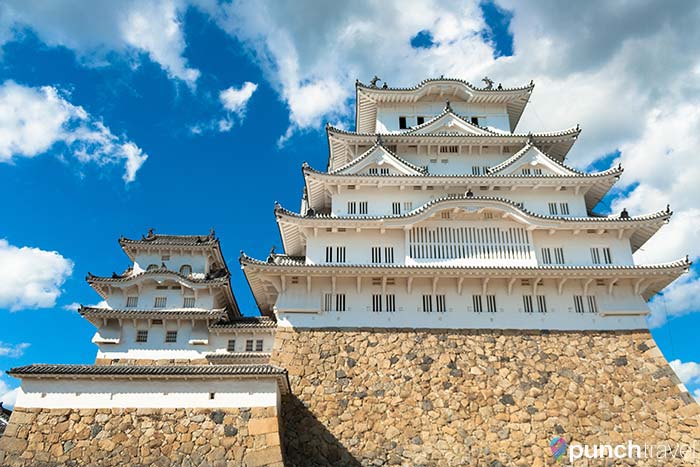
The Main Keep has a lot of unique features to look out for. For starters, although it appears to have five floors from the outside, look closely and you’ll see a hidden floor plus basement. Another unique feature are the roof tiles which are marked with emblems representing the family crests of the successive lords of the castle. Many of the unique and hidden features of the castle can only be discovered by enlisting the aid of one of the free volunteer guides.
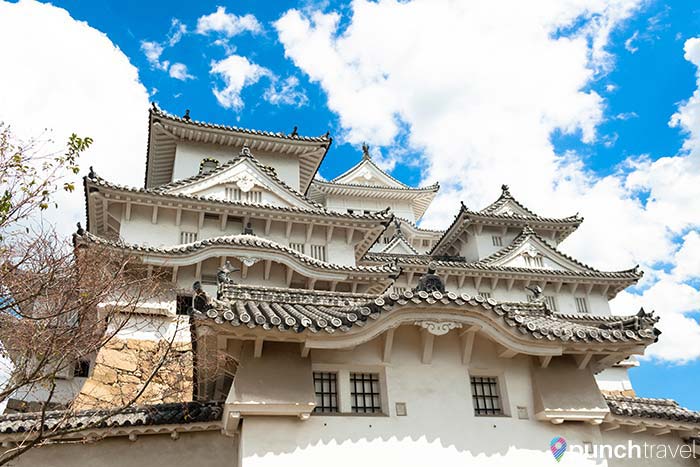
Entry to the castle and grounds costs 1000 yen. A combined ticket for the castle and the Koko-en botanical garden is worth it at 1040 yen.
Liked this post? Pin it!


